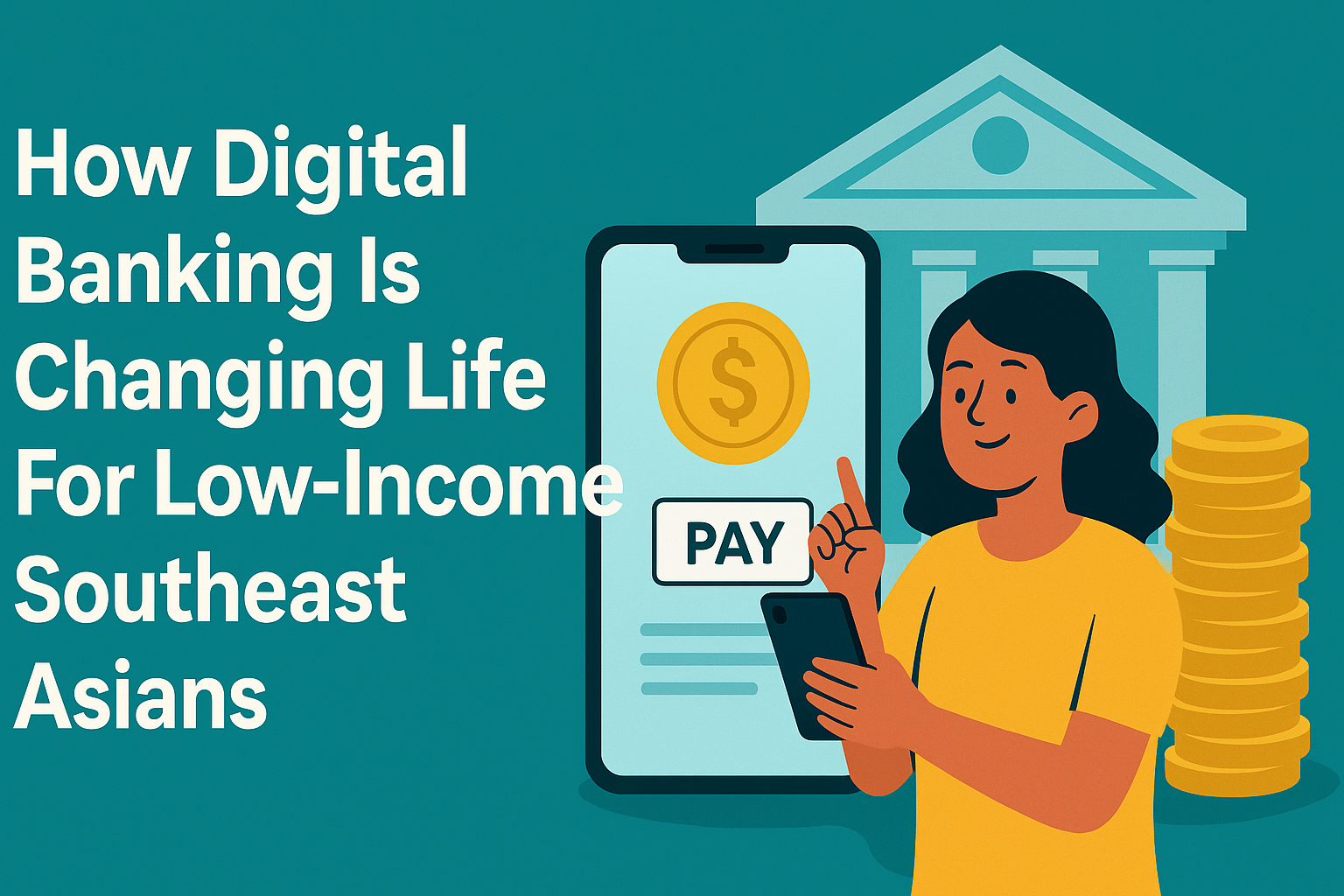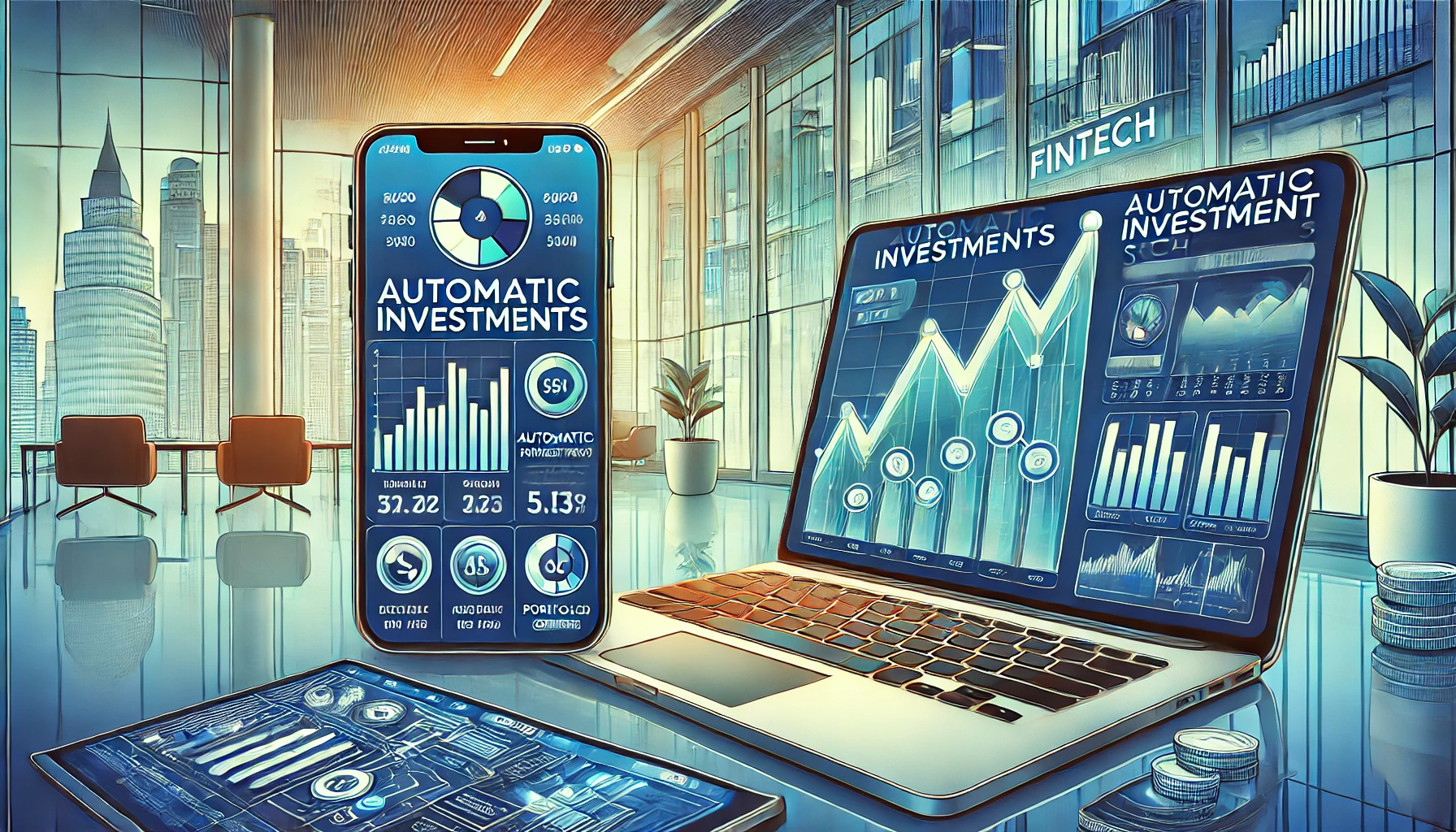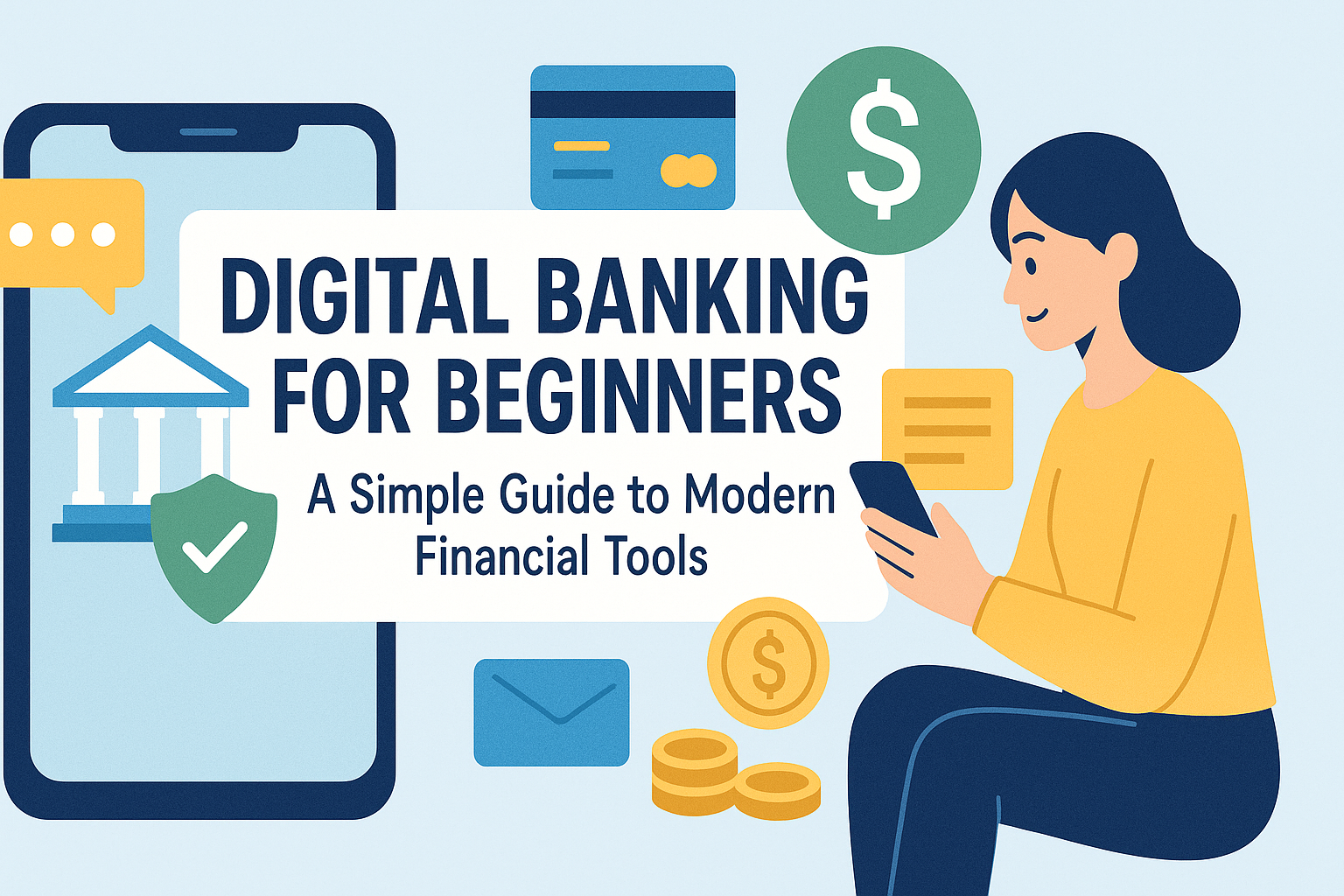The State of Financial Inclusion in Southeast Asia
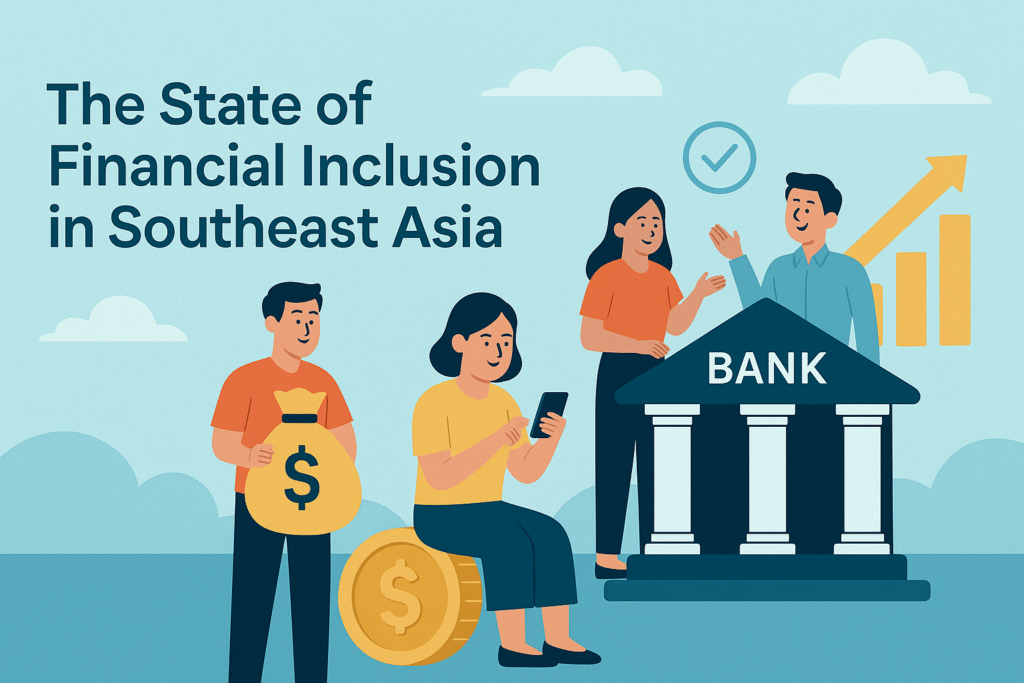
Southeast Asia’s digital economy is transforming rapidly, offering new paths toward inclusive growth. However, a significant digital divide persists. This divide is especially critical when considering digital banking low income households Southeast Asia, where unequal access to financial tools widens the development gap.
The region’s six largest economies—Indonesia, Thailand, the Philippines, Vietnam, Malaysia, and Singapore—experienced economic disruptions due to the COVID-19 pandemic. These disruptions slowed progress on financial inclusion, especially in rural and underserved communities. Despite some progress, key disparities remain. Urban households continue to benefit disproportionately compared to rural and low-income groups.
Current Financial Access Barriers
A majority of micro, small, and medium enterprises (MSMEs) in lower-middle-income ASEAN countries remain financially excluded. Bank Indonesia reports that 60–70% of these businesses lack access to financing. Low financial literacy contributes to this issue, especially among MSME owners unfamiliar with banking processes.
The digital divide further limits access. In rural areas, weak infrastructure and lack of affordable mobile devices make it difficult for the poorest to benefit from digital banking. Unless providers focus on inclusion, digital banking low income households Southeast Asia may remain a dream rather than a reality.
Although the region’s digital economy is growing fast, equitable access to these tools must be ensured. Key sectors like agriculture and informal retail face unique challenges in making the digital shift.
The Role of Digital Solutions in Overcoming Barriers
Digital banking tools are helping to overcome long-standing access barriers. In countries like Indonesia, Vietnam, and the Philippines, the rise of mobile banking apps has simplified financial access. For instance, partnerships between Gojek and Bank Jago in Indonesia allow users to open bank accounts directly through apps.
Mobile internet growth and app-based services have made it easier than ever to access credit and savings products. These advancements are essential in closing the gap for digital banking low income households Southeast Asia, allowing financial inclusion to expand beyond urban centers.
To understand broader shifts in fintech across the region, explore the The Best 7 Neobanks For The Underserved Banking Clients shaping financial access in emerging markets.
Key Digital Banking Solutions for Low-Income Households
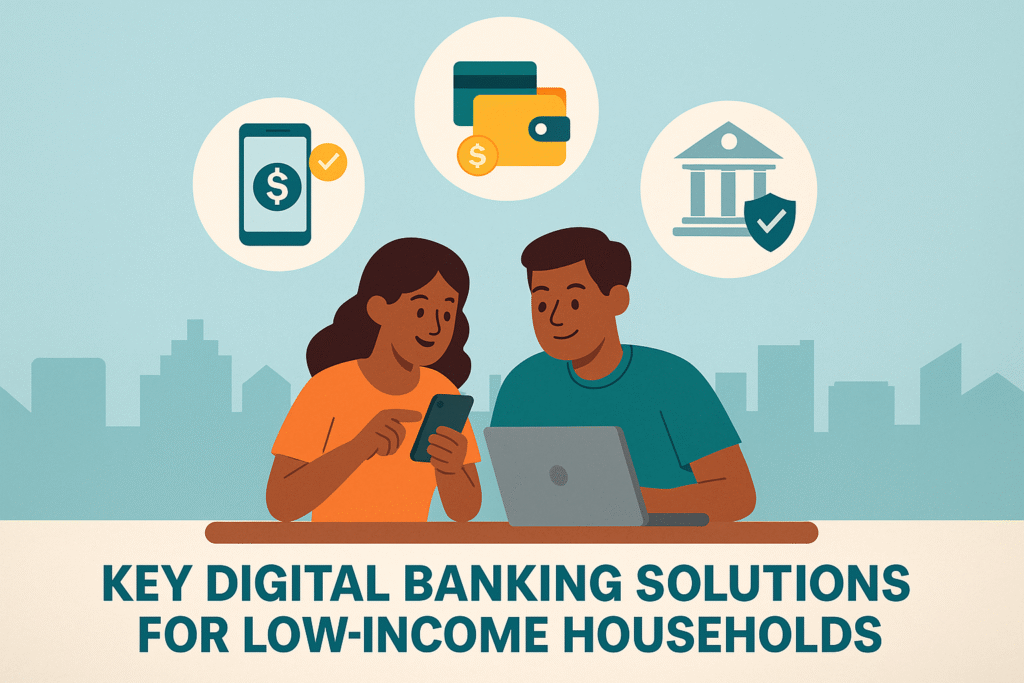
The shift toward mobile-first financial services has opened doors for millions. Digital banking low income households Southeast Asia is no longer just a theory; it is happening on the ground through mobile apps, e-wallets, and fintech platforms. These solutions reduce costs, improve efficiency, and increase access to vital financial tools.
From 2011 to 2021, the percentage of adults without a bank account in Southeast Asia dropped from 48% to 24%. Much of this progress can be attributed to mobile financial services.
Mobile Money Platforms
Mobile money has been transformative for rural and unbanked populations. According to GSMA, transaction volume through mobile money in Southeast Asia is expected to grow from $39 billion to $138 billion by 2025.
Programs that incentivize savings through mobile platforms have shown great success. In Indonesia, sign-ups for interest-bearing savings accounts grew by 20% when agents were given performance incentives.
Collaborations like Gojek and Bank Jago help to extend financial tools into rural communities, making digital banking low income households Southeast Asia more achievable. These partnerships not only support consumer access but also open new business banking solutions for underserved microenterprises.
Digital Wallets and Payment Systems
Wallet platforms such as GrabPay and ShopeePay are expanding access to financial services. These services empower merchants and customers alike to go cashless, enhancing safety and convenience.
Grab’s GrabPay Card allows unbanked users to make online and offline Mastercard purchases, offering a gateway into the formal financial ecosystem.
By building infrastructure for digital transactions, these platforms play a major role in scaling digital banking low income households Southeast Asia.
Alternative Data for Credit Assessments
Alternative data, such as mobile phone usage or bill payment histories, is being used to assess creditworthiness. This is particularly helpful for low-income individuals with no formal credit record.
During the pandemic, the Philippines launched ReliefAgad, which disbursed funds via digital wallets. This created new data trails that fintech firms can now use to offer loans or savings plans to low-income individuals.
Support from institutions like the Asian Development Bank has helped scale digital credit systems throughout the region.
Technological Innovations Enhancing Financial Inclusion
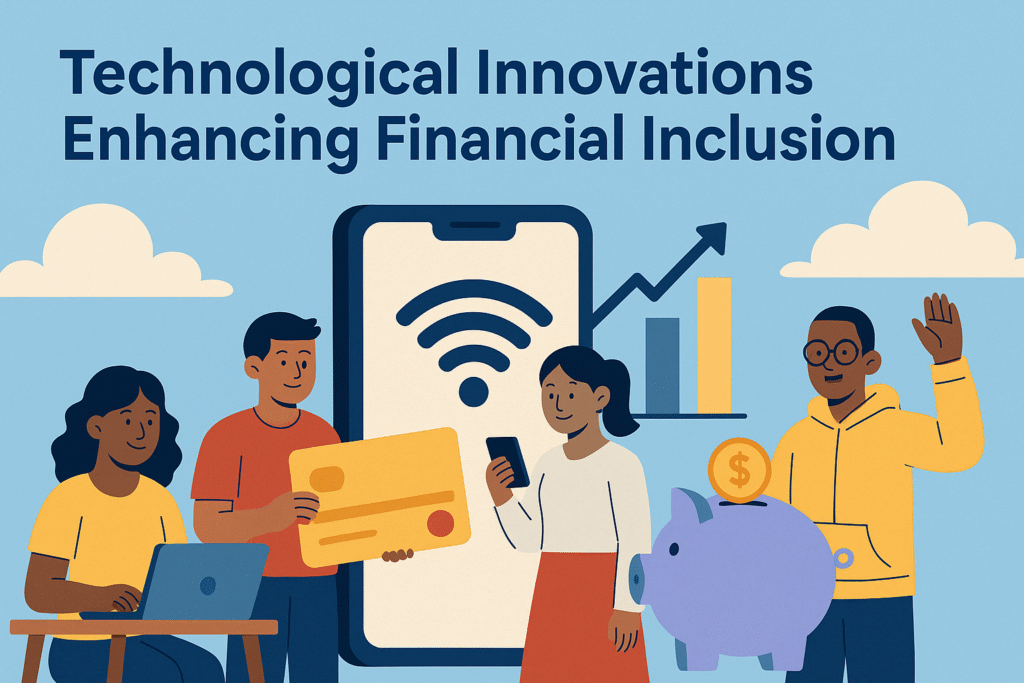
Smartphones and mobile internet are rapidly changing the financial landscape. In Indonesia and the Philippines, fintech companies allow users to open accounts in minutes. For digital banking low income households Southeast Asia, these innovations offer a lifeline.
The digitization of business processes, including online KYC (Know Your Customer) and real-time credit checks, helps banks reach new customer bases with reduced costs.
Blockchain for Security and Transparency
Blockchain-based platforms ensure traceability and reduce fraud risks. This is especially valuable for individuals hesitant to trust traditional banks.
Companies like Tala and Coins.ph are using blockchain to offer secure microloans and payments, which directly supports the needs of low-income communities.
Case Studies and Success Stories

DBS Foundation Initiatives
The DBS Foundation funds digital literacy programs in rural Indonesia, empowering youth with e-commerce and financial skills. This strengthens job readiness and promotes financial independence.
Such initiatives are vital for embedding digital banking low income households Southeast Asia in rural development strategies.
BRI’s Partnership with Local Banks in Indonesia
BRI, Indonesia’s state-owned bank, collaborates with fintech firms to reach low-income workers, ultra-micro businesses, and remittance recipients. These partnerships enable simplified account access and tailored financial products.
Challenges to Digital Banking Adoption
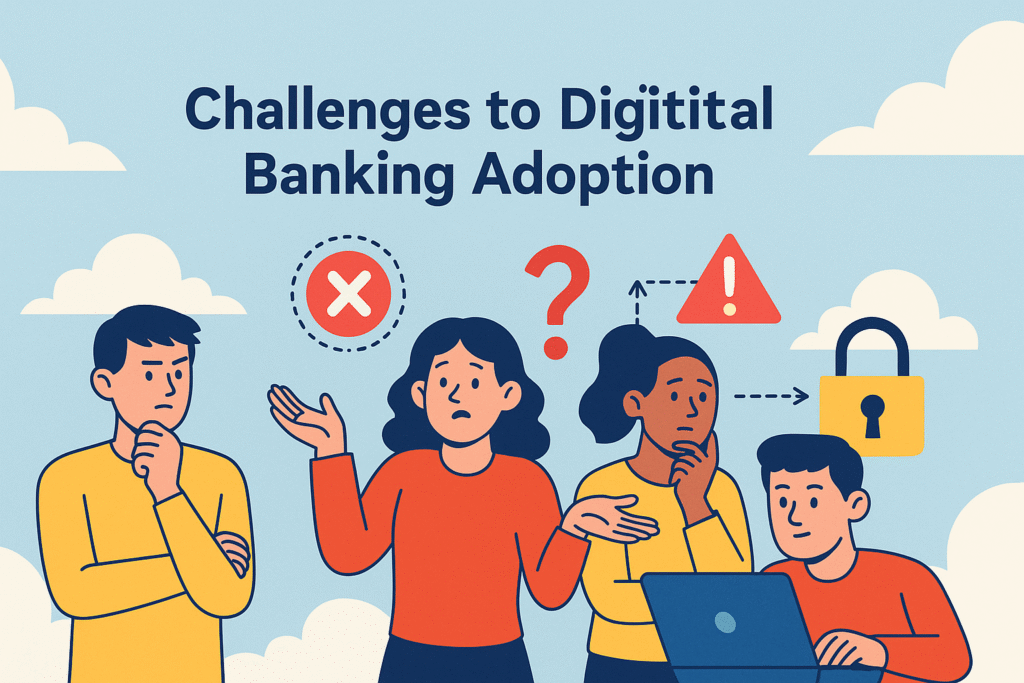
Barriers still exist. The urban-rural digital divide remains significant, especially in countries like Myanmar and Laos. Cybersecurity risks are also a growing threat, with Indonesia seeing over 88 million cyberattacks in 2020 alone.
Gender Disparity in Financial Access
Despite progress, Southeast Asia has one of the world’s largest gender gaps in access to finance. Efforts must address structural inequalities and enhance digital literacy among women to support inclusive growth.
Ensuring Engagement and Usage Among Low-Income Groups
Even if access is available, ongoing engagement is necessary. Programs like RIFF-SEA promote social performance evaluations and digital readiness assessments to ensure these services remain effective for low-income users.
The Importance of Collaboration
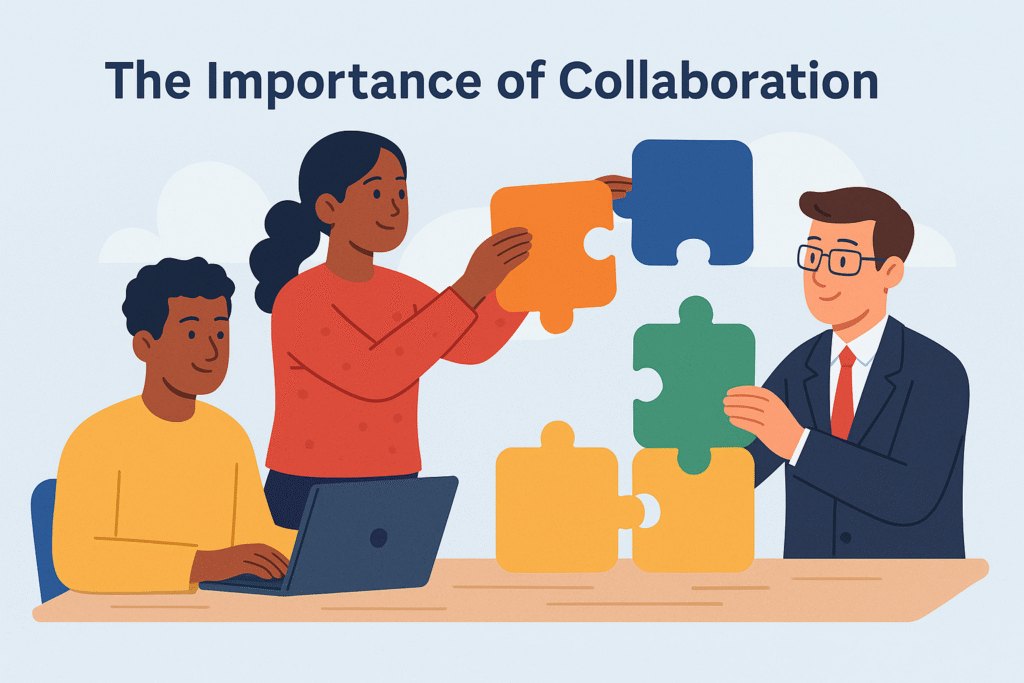
Stakeholders must work together. From regulators and banks to development agencies, everyone has a role in scaling digital banking low income households Southeast Asia.
Engaging Policymakers and Regulators
Public-private partnerships have driven much of Southeast Asia’s digital transformation. For instance, USAID’s collaboration with the Philippines led to government aid being distributed via mobile wallets.
Partnering with Regional Financial Institutions
Banks like SeaBank, Wing Bank, and BRI are crucial to reaching underserved populations. These institutions are helping build regional ecosystems that can support inclusive growth through digital banking.
Supporting Financial Literacy and Digital Readiness
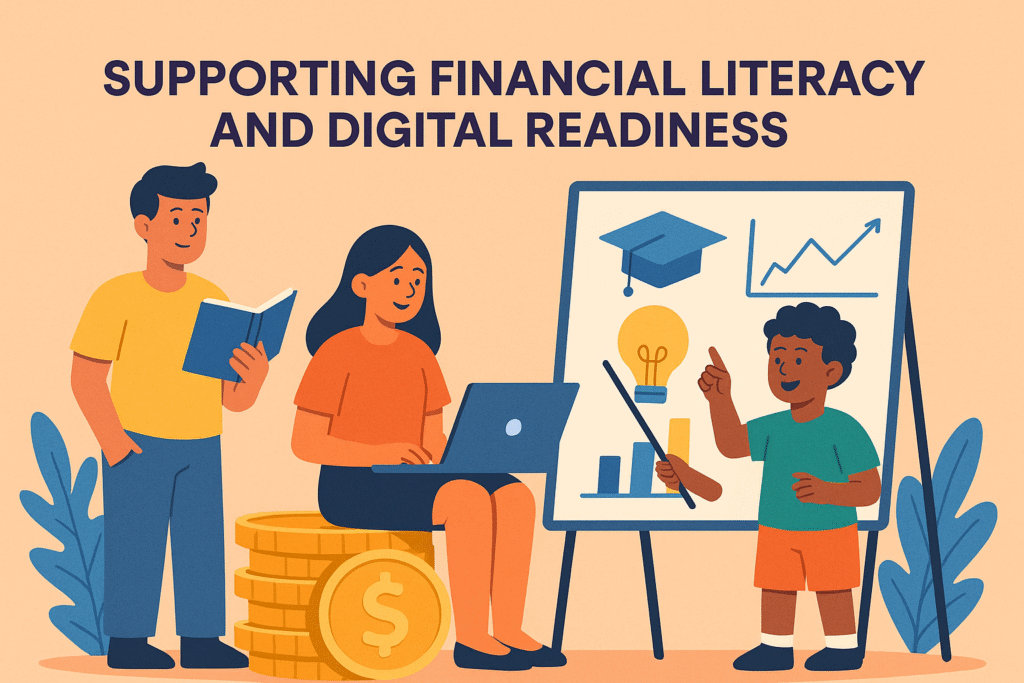
Financial literacy remains a cornerstone of inclusion. Without adequate knowledge, digital tools go unused or misused. Investment in digital education is crucial to sustaining the growth of digital banking low income households Southeast Asia.
Strengthening Consumer Protection
Digital financial ecosystems must be secure. Without trust, users will abandon these services. Regulatory bodies need to ensure that fintech innovations come with protections for user data and financial transactions.
Conclusion: Building an Inclusive Financial Future
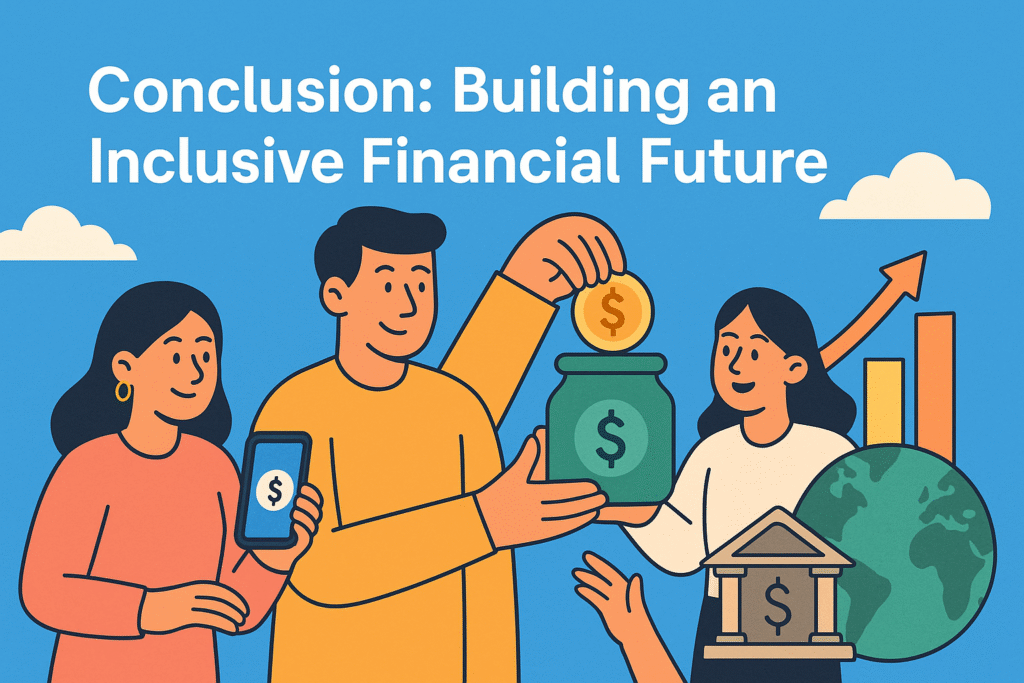
Digital finance is reshaping Southeast Asia. But the journey toward full inclusion is far from over. Achieving digital banking low income households Southeast Asia requires continued collaboration, regulation, and innovation.
From smartphones in remote villages to blockchain-secured platforms in cities, the tools now exist. The next step is ensuring everyone can use them.
Future Prospects for Digital Banking in Southeast Asia
With mobile-first strategies and partnerships in place, the region is poised for inclusive growth. Programs led by governments, banks, and international partners must focus on expanding digital banking low income households Southeast Asia further — especially into rural areas.
As long as these efforts continue, Southeast Asia will become a global leader in digital financial inclusion.

